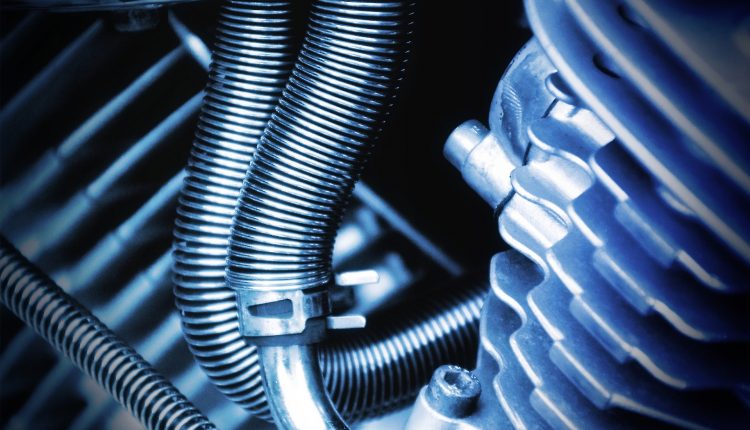Being In Tune With Your Engine
Engines are built to be tough and dependable, but, as with any machine, wear and tear will occur over time. By paying close attention to their equipment, operators can prevent small issues snowballing into major faults that lead to engine failure and unplanned downtime. Here Keith Brown, Technical Manager at DiPerk Power Solutions, has offered advice on how to troubleshoot the most common engine problems.
Visual inspections enable operators to monitor engine performance — if something isn’t quite right, there will usually be advance warning signs. Checking for these repair indicators during daily visual and operational checks can help to reduce unplanned maintenance and avoid costly repairs by spotting any issues before they become serious.
Smoke Signals
Engines will often emit large amounts of colored smoke if there is a problem. Blue smoke during engine start-up can be a sign of a few problems. Worn valves or valve guide seals may cause blue smoke to emit from the cylinder head. Other possible causes of blue smoke include damage or wear to pistons and issues with the turbocharger. Blue smoke also suggests that engineers have not changed the oil or oil filters frequently enough. Being proactive is key — the sooner operators address the issue by replacing worn parts or changing the oil, the better.
Black smoke is a common problem, caused by an imbalance in air and fuel mixture in the engine. A mechanical fault may reduce the supply of air, which is required for the combustion process, and result in unburnt fuel particles. Insufficient air supply can also be caused by deposits forming on the injectors and dirt on the primary and secondary air filters. Black smoke can also occur if the engine is operating in too high a gear or if it has been over-fueled or overloaded.
If white smoke is visible on start-up, this suggests that the operator has either not timed the fuel injection pump / Injector correctly or is not following the starting procedure properly. If the engine continues to emit white smoke or steam, operators should check for a leaking head gasket or cracked head or liners. Monitoring the coolant level daily will provide an early warning of coolant loss and investigation will be required to identify the cause.
Fluid Problems
If the engine needs more oil or fuel to maintain its expected performance, there may be internal engine issues. Increased fuel consumption can be a sign that the fuel nozzles, injectors or turbochargers are malfunctioning. This issue can also be caused by dirty air cleaners or a fuel leak.
On the other hand, high oil consumption can indicate wear or damage to the piston rings, liners, turbocharger seals or valve guides. If these components are fixed and oil consumption continues to increase, operators should schedule a service for their engine.
What’s That Noise?
Operators can often tell when a machine is about to break down by the noises it makes. For example, if there is a problem with your car, you may hear clunking and squeaking. When looking at industrial engines, unusual noises may signify malfunctions in the fuel nozzles, injectors and turbochargers. It can also be a sign of worn parts, such as piston pin bushings, rods or main bearings.
A proactive visual inspection routine allows operators to identify the advance warning signs of wear and tear before they become serious, causing engine failure and requiring costly repairs. Operators can contact an engine specialist, such as DiPerk, for support with thorough technical inspections and to help them determine the right course of action to keep the engine in prime condition.

